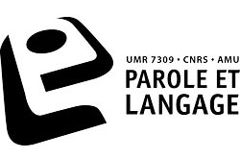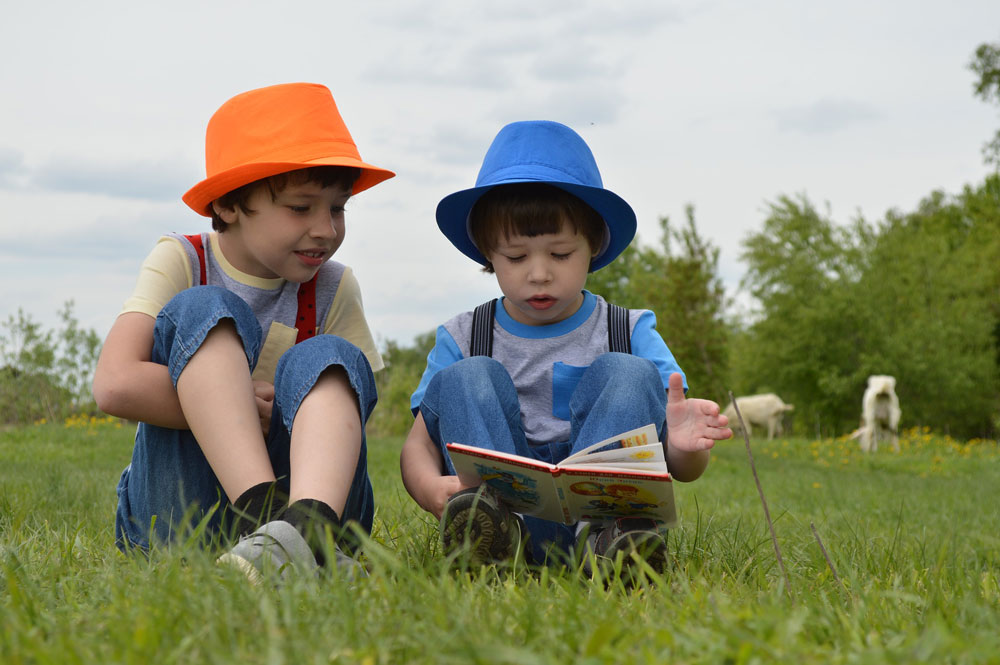Phonological codes play a key role in learning to read. In this article, published in July in the journal Annals of Dyslexia, Ambre Denis-Noël (PhD) and Chotiga Pattamadilok (CNRS researcher) - in collaboration with two colleagues from the LPC Marseille - study the activation of these codes in typical readers and dyslexic readers, by tracing their eye movements when reading.
Reference:
Ambre Denis-Noel, Chotiga Pattamadilok, Eric Castet, Pascale Colé (2020). Activation time-course of phonological code in silent word recognition in adult readers with and without dyslexia. Annals of Dyslexia, Springer Verlag. ⟨hal-02616440⟩
Link to the full article: https://rdcu.be/b5Qvw
Link to open archive HAL : https://hal.archives-ouvertes.fr/hal-02616440
Photo credits: Pixabay
Last update: July 27, 2020











